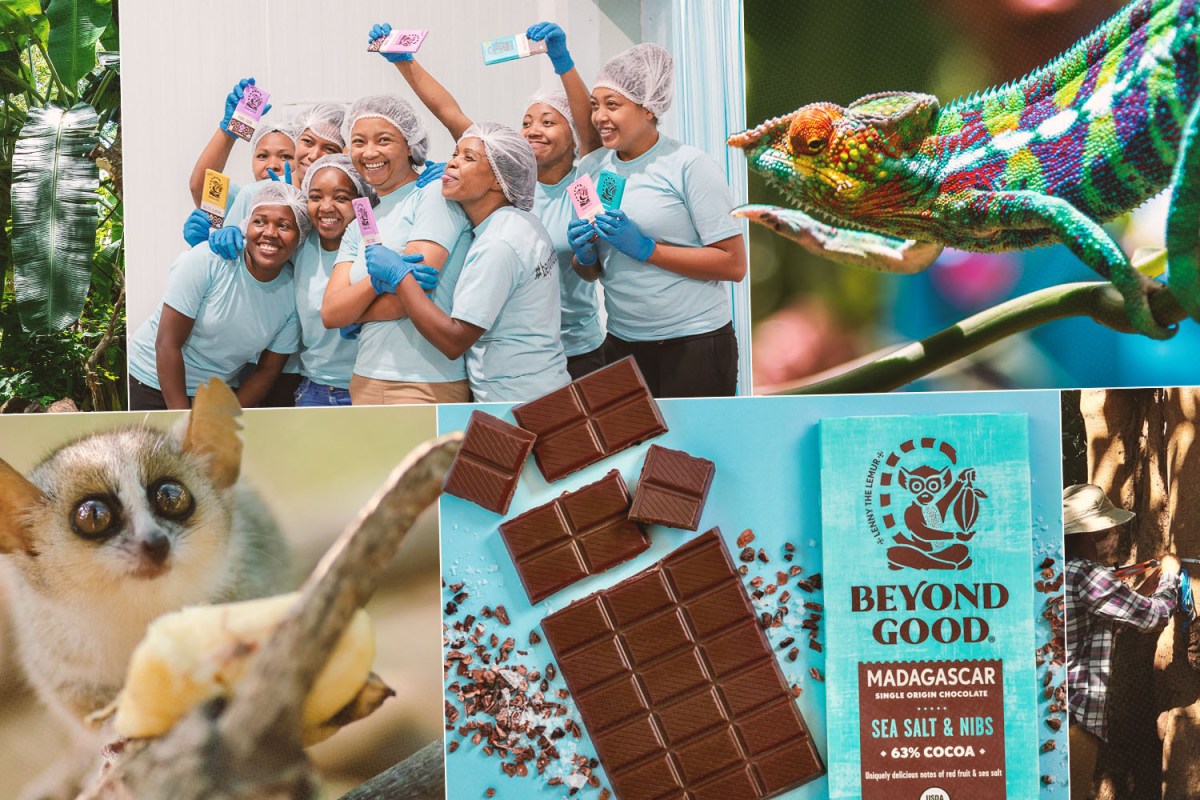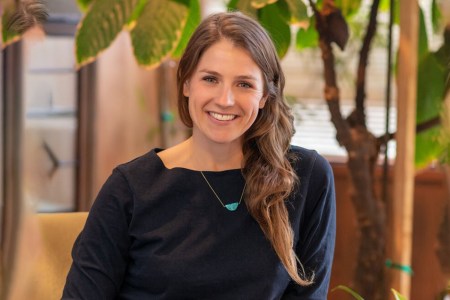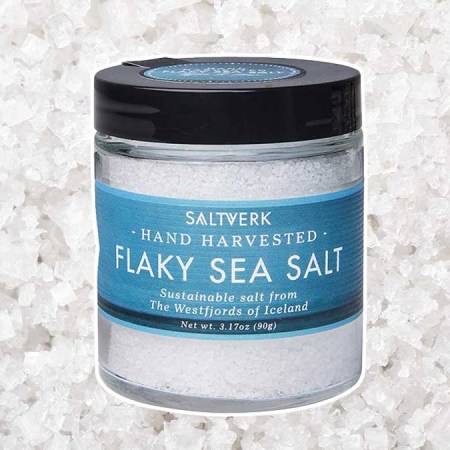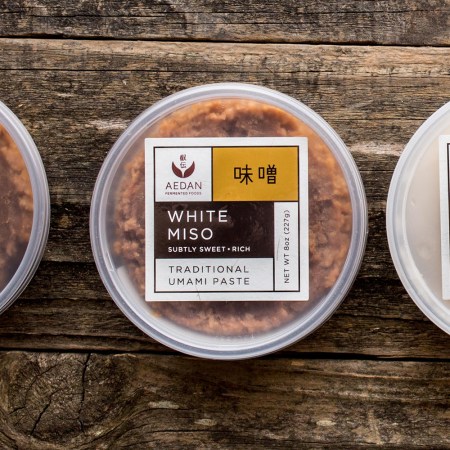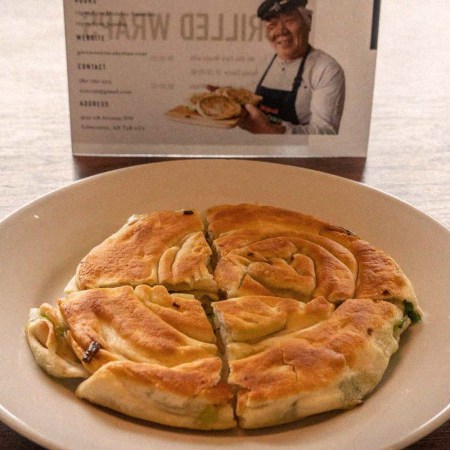Over 70% of the world’s chocolate comes from Africa — and yet there’s only one U.S. brand making its chocolate on the continent. Ironic? Yes. But it also sheds light on what’s so broken about the chocolate industry, not to mention the essential steps Beyond Good is taking to begin to turn the tides.
Founder Tim McCollum was first inspired to craft sustainable, ethical chocolate in Africa, not because of a love of chocolate, per se, but rather because of a love of Africa — specifically Madagascar. After his work there in the Peace Corps, he recalls, he knew he craved a project that would be an “extension” of this work, “something that delivers larger or more sustainable social impact.”
Chocolate was the perfect fit, not in the least because Madagascar just happens to be home to some of the world’s best cocoa: pure, ancient Criollo, a variety preferred by many top chocolatiers around the globe for its mild, only slightly acidic flavor redolent with secondary aromas of nuts, caramel, fruit or tobacco.
“You can ask any craft chocolate maker, ‘Which origin that you work with has the most flavor?’” says McCollum. “Nine out of ten will tell you Madagascar.”
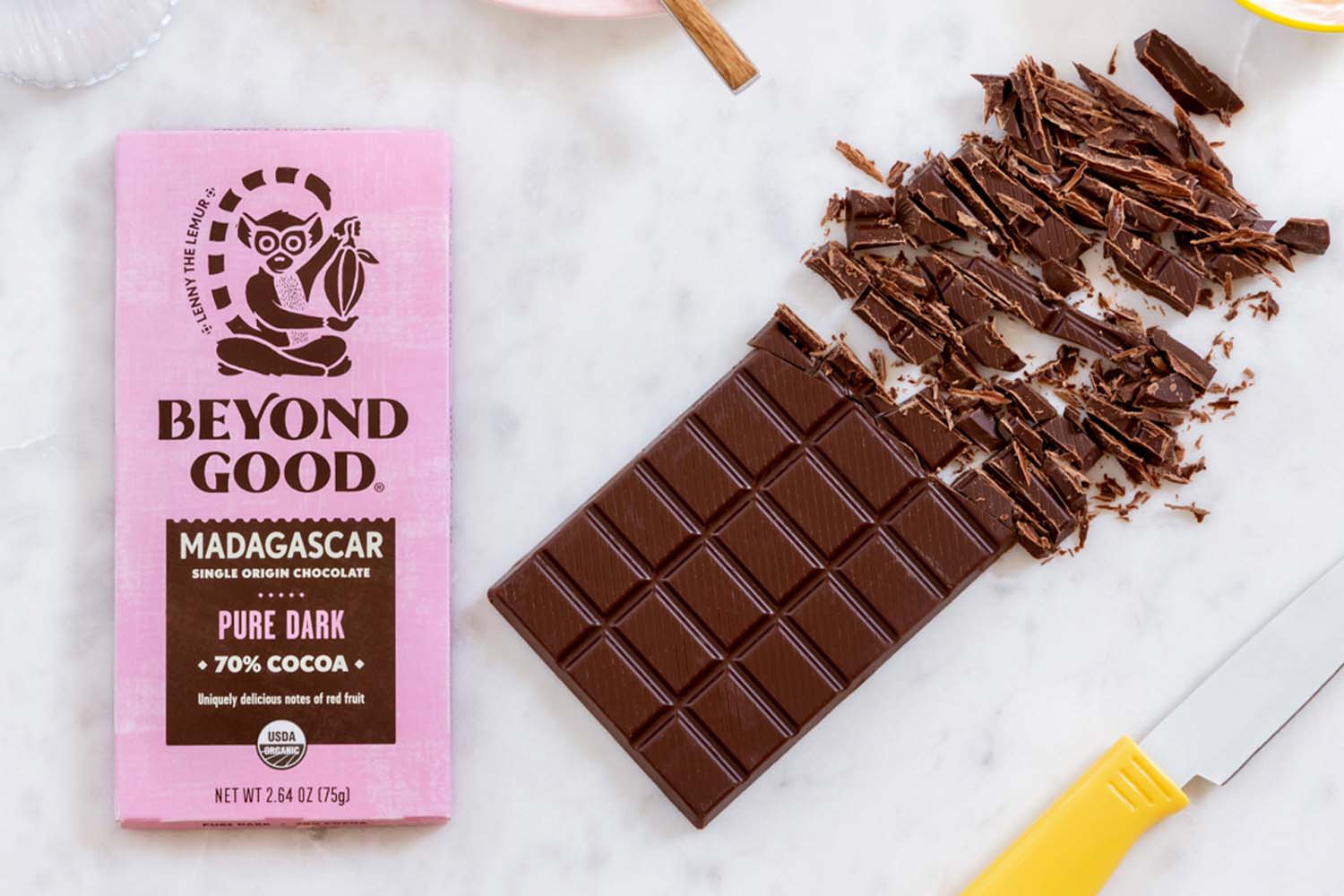
And so it was that, armed with “zero chocolate experience,” he sought to change the tides of the cocoa industry in Africa.
It shouldn’t surprise anyone at this point that chocolate is one of the least sustainable foods we eat, driving not only environmental but social problems. To wit, while Africa exports or produces 70% of the world’s cocoa, it produces next to none of it.
“Basically the global north makes 100% of the chocolate; the global south grows 100% of the cocoa,” says McCollum.
And therein lies the ethical rub.
“You take all of the value of chocolate, and you compare it with all the value of cocoa, the raw material,” he says, “and that tells you a lot about the state of Africa’s economy.”
Three to four million cocoa farmers live in perpetual poverty, and fair trade and organic only scratch the surface of addressing the social and economic problems linked to the industry.
“Big companies don’t know how to fix the problem so they rely on third party certifications and throw a lot of money at the problem,” says McCollum. “This may make people feel better, but it will not fix the problem.”
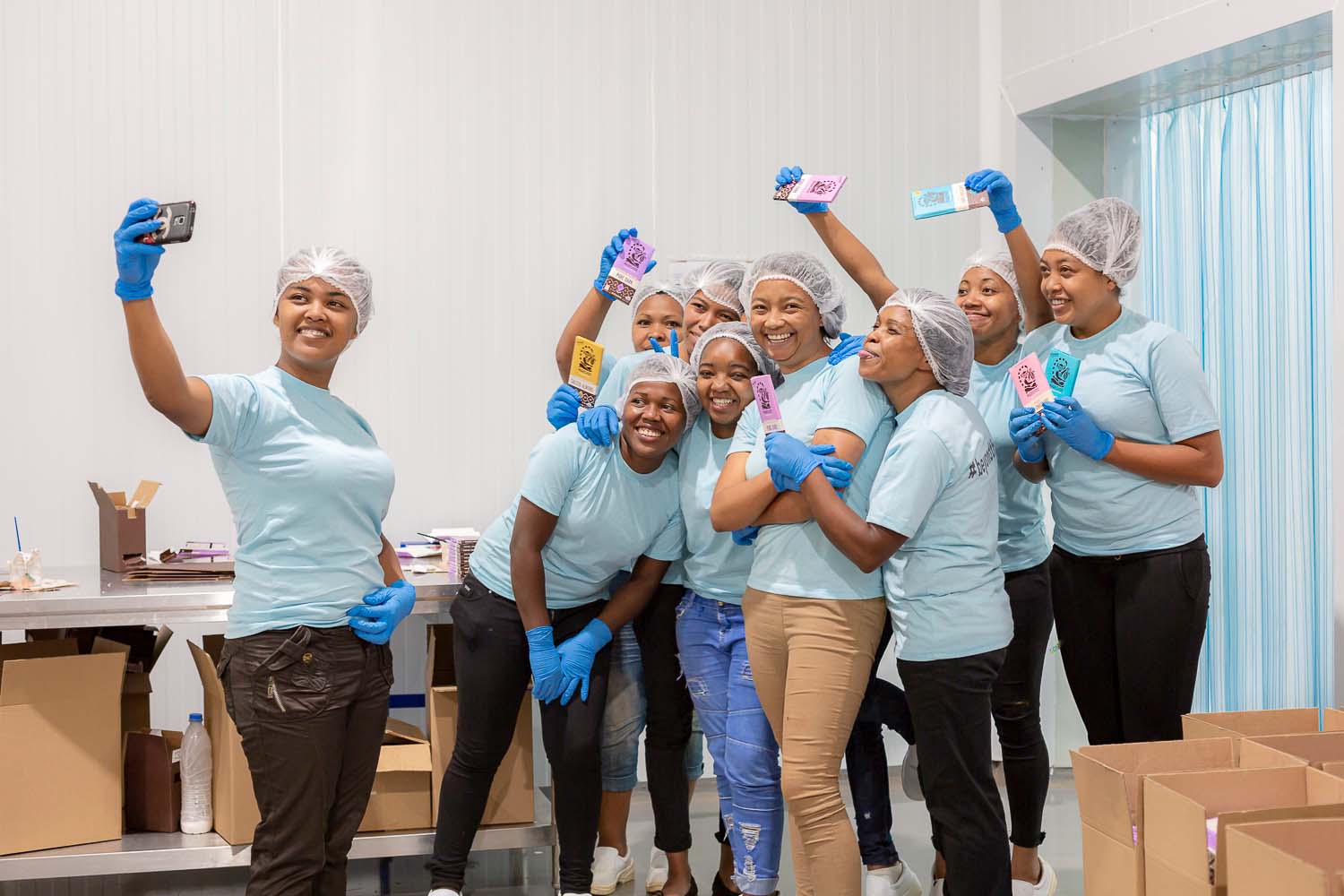
McCollum’s goal with Beyond Good was to attack the problem from an entirely different angle: not just pay better prices to export the raw material, but cut out the middle man entirely, making chocolate in Madagascar, from start to finish.
“We instinctively knew that would generate five or six times more impact to the community we were working in than if we were just to buy cocoa and make it in the states or in Europe,” he says.
But removing the middle person was an uphill climb, for one very good reason: No one had ever done it before.
Twenty years ago, there was good reason to make chocolate in the global north.
“You couldn’t physically transport chocolate and preserve the cold chain out of Africa,” he says. “There just weren’t enough refrigerated container shipping products from ports in Africa.”
While this has not been the case for fifteen or twenty years, however, the idea of shipping cocoa rather than chocolate was already too ingrained, according to McCollum, and the idea of making such a massive infrastructure change spooked risk-averse companies doubling down on the status quo.
“The first time you mention Africa as something other than that’s where we source raw material, people just run in the other direction,” he says. “But we’re living proof that it can be done, and it can be done quite successfully at a moderate scale.”
Here’s the Truth Behind Chocolate’s Most Enduring Myths
Amy Guittard of Guittard Chocolate weighs in on everything you need to know about the beloved dessert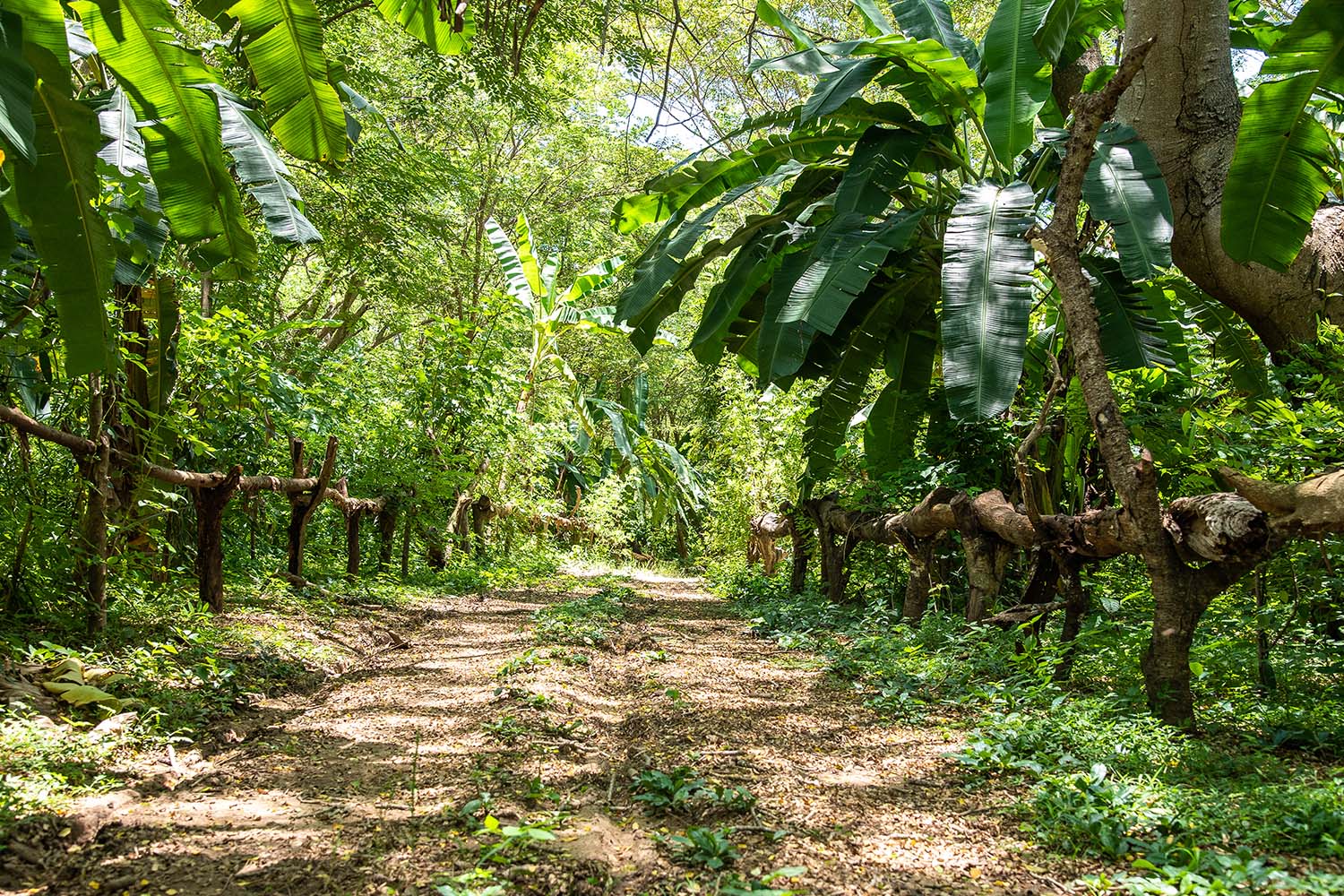
How successfully? Well, the proof is in the numbers. A cocoa farmer typically makes 50 to 70 cents a day, selling his harvest to a collector. The raw material changes hands a few more times in the 120 days or so to follow, at which point the cocoa finally reaches an overseas chocolate maker, having gained significant market value in the process. At Beyond Good, however, cocoa farmers sell directly to chocolate makers, completing the farm-to-factory process in a single day and resulting in farmers who earn six times as much as they would in a traditional model.
The increased revenue hasn’t just positively impacted the farmers and their families. Their newfound financial flexibility means they’ve been able to plant more cocoa trees and shade trees to help reduce deforestation, paving the way for an “accidental” added benefit: lemur conservation.
Back when Madagascar separated from Africa, about 65 million years ago, it went on its own evolutionary course, becoming home to plants and animals you won’t find anywhere else in the world. But as a result of Madagascar’s deforestation rate, McCollum explains, “what you have are all of these endemic animals on the verge of extinction, because they have nowhere else to go.”
A few years ago, once a transparent supply chain and fair wages were firmly established, the Beyond Good team focused its efforts on conservation of these animals, and specifically the five species of lemurs living in the cocoa forest.
“Part of what we’ve been focused on is: How do we expand habitat and better document the lemurs, who are going into the cocoa forest as kind of a sanctuary?” he says.
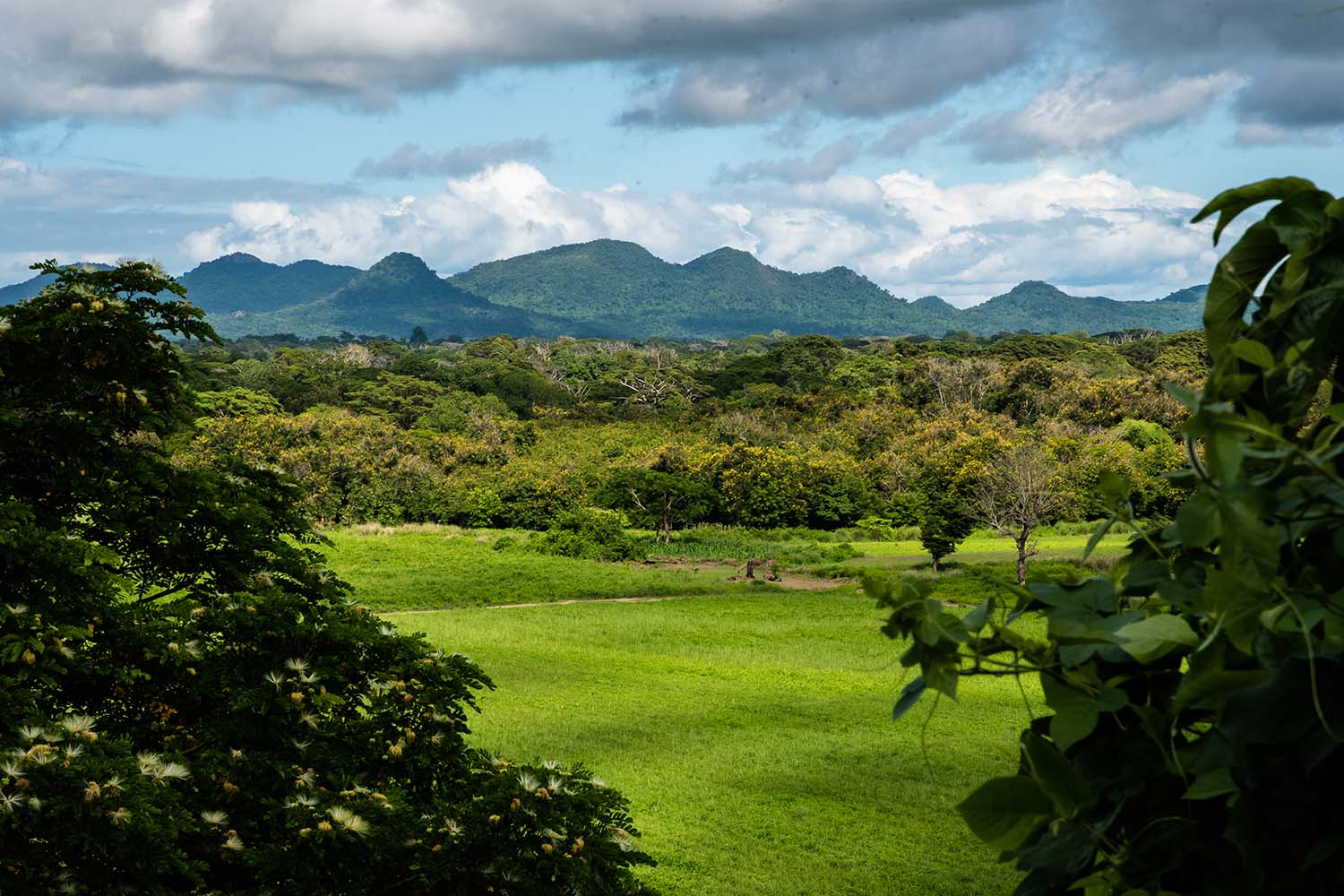
Beyond Good chocolate isn’t just more ethical for people, animals and the environment. It also shows off the best in criollo, with its wonderfully fruity aftertaste that, McCollum says, often takes people by surprise.
“The first time they taste Madagascar chocolates, literally, their eyeballs expand,” he says. “And you know you’ve just introduced them to a new world of chocolate.”
McCollum, too, has gained newfound understanding of a product that, until a decade ago, he best enjoyed in the form of peanut M&Ms. These days, if he hasn’t eaten his three squares by two or three o’clock, “something feels off in my body,” he says. “I’ve got an internal clock to remind me to eat chocolate.”
The Madagascar factory is thriving, as are the 243 cocoa farmers with which the company works. But isn’t the end of the road for McCollum. He’s got his sights set on another cocoa source in dire need of the same infrastructural shift: Uganda.
A few years ago, Beyond Good began importing some Ugandan cocoa to the Madagascar factory, but, he says, “The ambition has always been to build up enough market demand for these products to justify the creation of a factory in Uganda.”
“We’re at that point now.”
Every Thursday, our resident experts see to it that you’re up to date on the latest from the world of drinks. Trend reports, bottle reviews, cocktail recipes and more. Sign up for THE SPILL now.
